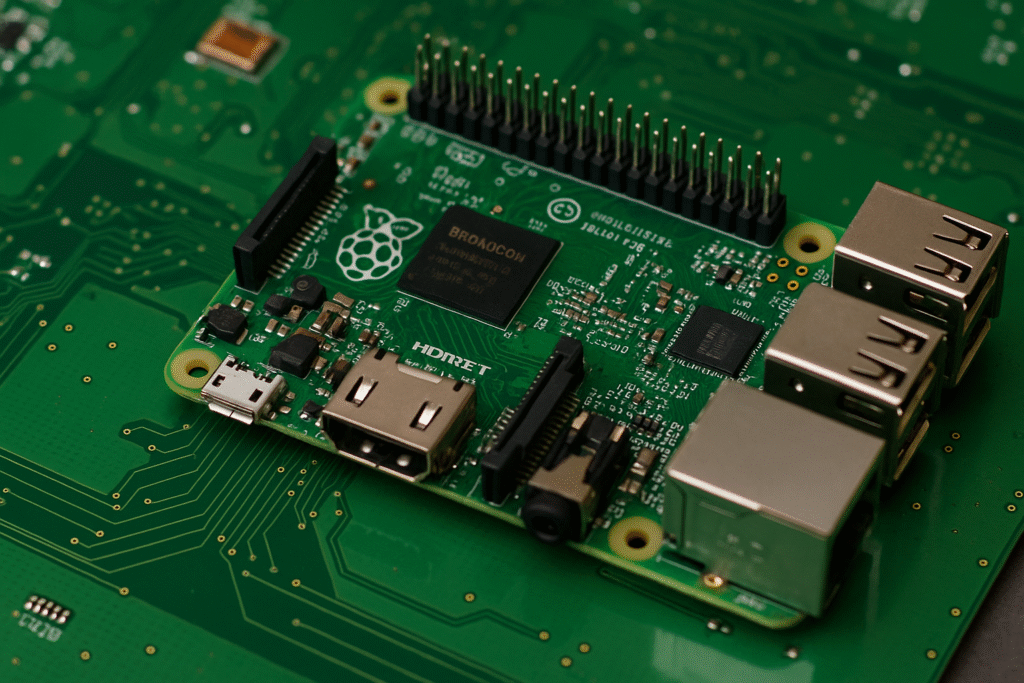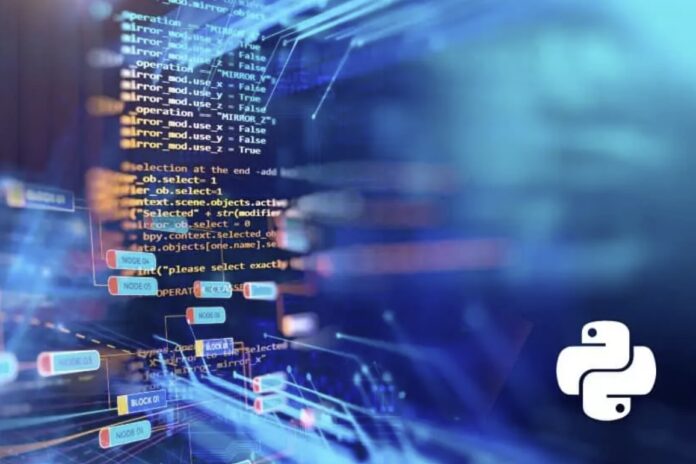When discussing modern embedded systems, one common question is “Is Python good for microcontrollers?” Engineers, hobbyists, and companies developing products—whether for IoT devices, automation, or consumer electronics—often debate whether Python can compete with traditional low-level languages such as C or C++ in the resource-constrained world of microcontrollers. At the same time, hardware projects that require pcb design for integrating sensors, actuators, and processors are increasingly considering Python-based workflows for faster prototyping. This article explores Python’s role in microcontroller programming, weighing its benefits, limitations, and practical applications while comparing it with other languages widely used in embedded systems.
Can You Use Python for Microcontrollers?
Yes, you can use Python for microcontrollers through specialized implementations like MicroPython and CircuitPython. These are lightweight versions of Python designed to run on microcontrollers with limited resources. While Python was originally built for general-purpose computing, these stripped-down variants allow developers to write familiar Python code for devices like the ESP32, STM32, or Raspberry Pi Pico.
MicroPython was first introduced by Damien George in 2013 and has since grown into a reliable platform for hobbyists and professionals alike. CircuitPython, maintained by Adafruit, simplifies MicroPython even further by focusing on educational and rapid-prototyping use cases. Both offer direct control of GPIO pins, communication protocols like I2C, SPI, and UART, and integration with hardware modules such as displays and sensors.
However, using Python on microcontrollers does not mean you get the full standard library or the same execution performance as desktop Python. The language is adapted to fit the limited RAM and flash memory available, making it suitable for specific use cases rather than universal adoption.
Which Language Is Best for Microcontrollers?
Traditionally, C has been the dominant language for microcontrollers because of its efficiency, low memory footprint, and direct hardware access. C++ is also popular, especially in projects where object-oriented design or more advanced features are needed, such as robotics or embedded AI systems. Assembly language still has its place for performance-critical routines, but it is rarely used for full application development today.
Python, however, fills a different niche. It may not replace C in production firmware, but it offers several unique benefits:
- Ease of learning: Python’s syntax is readable and beginner-friendly.
- Faster prototyping: Writing Python code takes less time than writing equivalent C or C++ code.
- Large community: Python libraries and examples help reduce development barriers.
- Portability across platforms: Developers familiar with Python can quickly adapt to embedded systems using MicroPython.
Thus, the “best” language depends on the priorities of a project. For long-term production code in devices where performance and memory efficiency are critical, C remains the standard. For educational use, prototyping, or IoT devices with moderate processing requirements, Python can be an excellent choice.
Which Microcontroller Is Best for Python?
Python-compatible microcontrollers need enough flash memory and RAM to run MicroPython or CircuitPython effectively. Some of the best options include:
- ESP32: Affordable, Wi-Fi and Bluetooth capable, and widely supported by MicroPython. Perfect for IoT applications.
- Raspberry Pi Pico (RP2040): A popular microcontroller with dual-core ARM Cortex-M0+ processors, offering solid support for MicroPython.
- STM32 series: Used in professional and industrial projects, many STM32 boards have MicroPython firmware available.
- Adafruit Feather series: Designed with CircuitPython in mind, making them accessible for beginners and makers.
While smaller 8-bit microcontrollers like the ATmega328P (used in Arduino Uno) are technically programmable with Python interpreters, their limited memory and speed make them less practical. Therefore, boards with at least 256 KB flash and 64 KB RAM are recommended for smooth Python development.

What Language Is Used in Raspberry Pi Microcontroller?
The Raspberry Pi ecosystem includes both single-board computers (SBCs) like the Raspberry Pi 5 and microcontrollers like the Raspberry Pi Pico. On the Raspberry Pi Pico, MicroPython and C/C++ are the primary options. Python is officially supported and widely taught, making it ideal for education, prototyping, and hobby projects.
On full-sized Raspberry Pi boards (like the Pi 4 or 5), standard Python (CPython) is the most common language for development, especially in IoT, robotics, and automation. However, those are not microcontrollers but full Linux-based computers. When we talk about the Raspberry Pi Pico specifically, MicroPython is a top choice alongside C.
What Language Is Best for ESP32?
The ESP32, produced by Espressif, is one of the most popular microcontrollers for IoT development. It is versatile, with integrated Wi-Fi and Bluetooth, making it suitable for smart devices, wearables, and wireless sensors. While the ESP32 is often programmed in C or C++ via the ESP-IDF (Espressif IoT Development Framework) or Arduino environment, it has strong support for MicroPython as well.
For rapid prototyping and educational projects, Python is the best language for ESP32. For production-level firmware with strict performance or real-time requirements, C/C++ is usually the better choice. Many developers even combine the two approaches—using Python for early testing and then migrating to C for the final deployment.
Advantages of Using Python on Microcontrollers
- Ease of Development
Python’s syntax is clear and concise, reducing the time spent debugging and rewriting code compared to C/C++. - Educational Value
Python is one of the most taught programming languages worldwide, making it ideal for introducing beginners to embedded systems. - Rapid Prototyping
Python allows hardware testing and iteration without complex compilation processes, useful in product design and PCB prototyping stages. - Extensive Libraries
Libraries such asmachineandutimesimplify microcontroller programming, while specialized modules support displays, sensors, and communication interfaces. - Cross-compatibility
The same Python knowledge used for web apps, data science, or AI can be applied to embedded development, reducing the learning curve for new engineers.
Limitations of Python for Microcontrollers
- Performance Constraints
Python is slower than C or assembly. Tasks that require high-speed execution or precise timing may not perform well. - Memory Usage
MicroPython consumes more memory than equivalent C code, making it unsuitable for the smallest microcontrollers. - Limited Libraries
While desktop Python has thousands of libraries, MicroPython only supports a subset due to memory constraints. - Not Always Ideal for Production
For devices with strict power efficiency or real-time requirements, Python is often replaced by C or C++ in final builds.
Use Cases Where Python Excels
- IoT Prototypes: Connecting sensors to cloud platforms quickly with ESP32 boards.
- Educational Kits: Teaching programming concepts using Raspberry Pi Pico with MicroPython.
- Rapid Hardware Testing: Engineers testing PCB prototypes before committing to production.
- Wearable Devices (Early Stage): Proof-of-concept applications where time-to-market is more important than efficiency.
Use Cases Where Python Falls Short
- High-Performance Applications: Robotics with strict motor control timing or audio signal processing.
- Low-Power Devices: Battery-operated sensors where every milliwatt counts.
- Industrial Production: Applications where certification and long-term stability demand efficient, tested C firmware.
The Future of Python in Microcontrollers
As microcontrollers become more powerful and memory becomes cheaper, Python’s role in embedded systems is likely to grow. Many developers now use Python for prototyping before switching to C for production. The line between microcontrollers and small single-board computers is also blurring, which makes Python more practical in devices that once relied solely on C.
Educational adoption will continue to fuel CircuitPython’s growth, while professional engineers may increasingly use MicroPython for fast iterations in product development.
Conclusion
So, is Python good for microcontrollers? The answer depends on your goals. For prototyping, education, and IoT applications where ease of use and quick testing are more important than raw performance, Python is an excellent option. However, for production-grade firmware requiring real-time execution and efficiency, C and C++ remain the standards. That said, Python has firmly established itself as a valuable tool in the embedded developer’s toolbox, especially when paired with thoughtful pcb design and modern hardware platforms.
